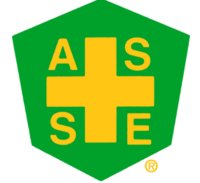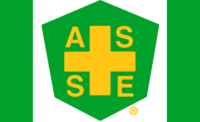OSHA yesterday released a set of Recommended Practices for Safety and Health Programs intended to update its 1989-era program guidelines. The agency says the new guidelines address the needs of small- and medium-sized businesses and multi-employer workplaces and reflect changes in the economy, workplaces, and evolving safety and health issues.
Safety pros can play a role
OSHA chief Dr. David Michaels unveiled the changes at the NSC Congress & Expo in Anaheim, California, where he encouraged safety and health professionals to help disseminate the recommendations through a campaign that urges companies to create and use safety and health programs.
"Since OSHA's original guidelines were published more than 25 years ago, employers and employees have gained a lot of experience in how to use safety and health programs to systematically prevent injuries and illnesses in the workplace," said Michaels. "We know that working together to implement these programs will help prevent injuries and illnesses, and also make businesses more sustainable."
Seven core elements
The Recommended Practices present a step-by-step approach to implementing a safety and health program, built around seven core elements that make up a successful program:
- Management leadership
- Worker participation
- Hazard identification and assessment
- Hazard prevention and control
- Education and training
- Program evaluation and improvement
- Communication and coordination for host employers, contractors and staffing agencies
The main goal of safety and health programs is to prevent workplace injuries, illnesses, and deaths, as well as the suffering and financial hardship these events can cause for workers, their families, and employers. The recommended practices use a proactive approach to managing workplace safety and health. Traditional approaches are often reactive –that is, problems are addressed only after a worker is injured or becomes sick, a new standard or regulation is published, or an outside inspection finds a problem that must be fixed. These recommended practices recognize that finding and fixing hazards before they cause injury or illness is a far more effective approach.
Begin with the basics
OSHA says the idea is to begin with a basic program and simple goals and grow from there.
“If you focus on achieving goals, monitoring performance, and evaluating outcomes, your workplace can progress along the path to higher levels of safety and health achievement,” according to OSHA.
The agency says that implementing the recommended practices will also:
- Prevent workplace injuries and illnesses
- Improve compliance with laws and regulations
- Reduce costs, including significant reductions in workers' compensation premiums
- Engage workers
- Enhance their social responsibility goals
- Increase productivity and enhance overall business operations



